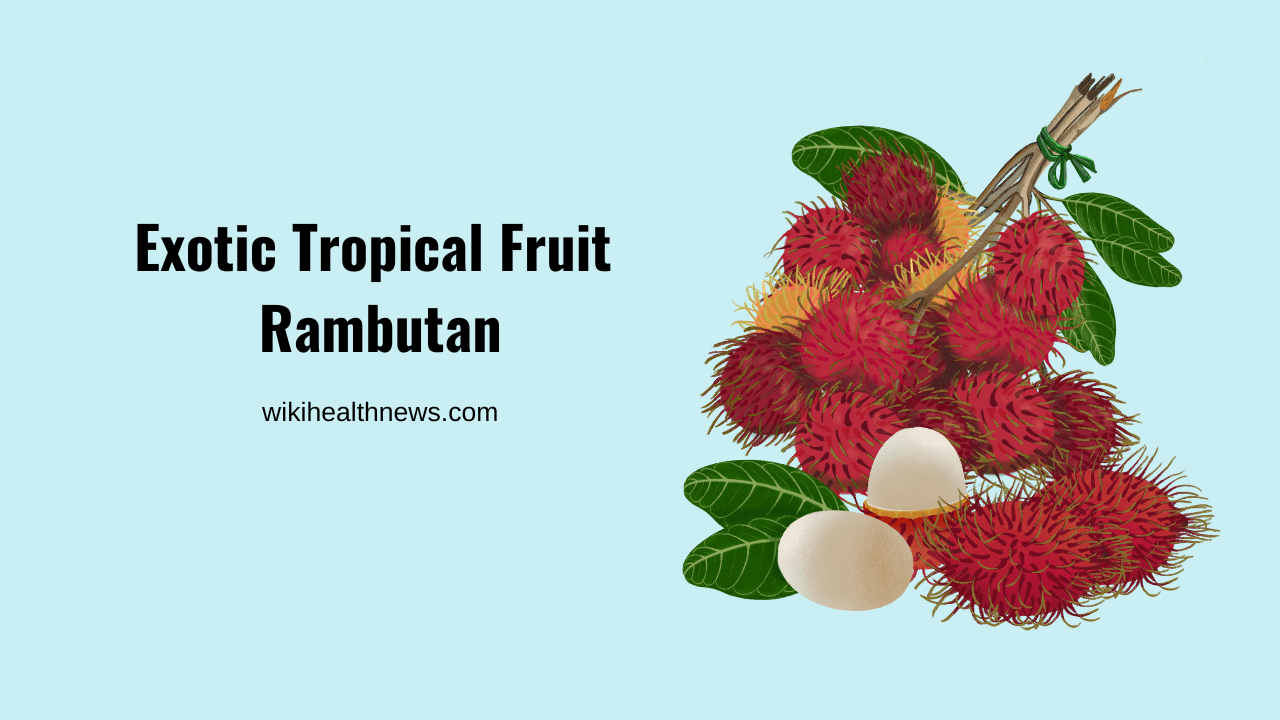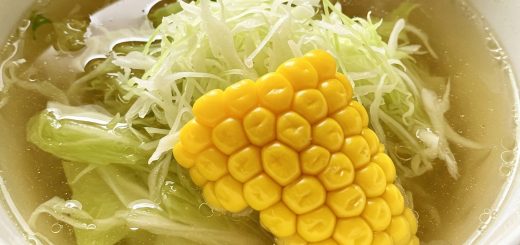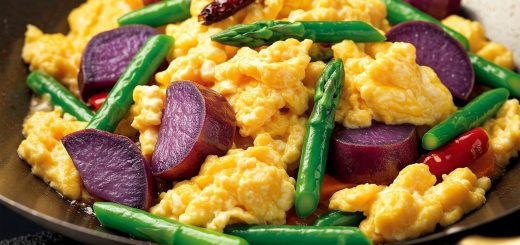Rambutan: The Exotic Tropical Fruit You Need to Know About

Introduction
Rambutan, a fruit that hails from the tropical regions of Southeast Asia, is a unique addition to the world of exotic fruits. With its striking appearance and sweet, juicy flesh, rambutan has gained popularity not just in its native regions but also across the globe. In this article, we will explore the history, cultivation, health benefits, and culinary uses of rambutan, providing a comprehensive guide to this fascinating fruit.
What is Rambutan?
Rambutan (Nephelium lappaceum) belongs to the family Sapindaceae, which includes other tropical fruits like lychee and longan. Its name is derived from the Malay word “rambut,” meaning hair, which perfectly describes its spiky, hairy exterior. The fruit typically measures about 2 to 6 inches long, with a leathery red or yellow skin and soft, hair-like spines that give it a distinctive look.
Historical Background
Rambutan is believed to have originated in the Malay-Indonesian region and other tropical areas of Southeast Asia. It has been cultivated for centuries and is now grown in various countries, including Malaysia, Thailand, Indonesia, and the Philippines. In recent years, rambutan has also found its way to Central America and other tropical regions, making it more accessible to a global audience.
Cultivation and Growing Conditions
Rambutan trees thrive in tropical climates with high humidity and well-drained soil. They prefer temperatures between 75°F and 90°F (24°C to 32°C) and require consistent rainfall throughout the year. Rambutan trees can grow up to 50 feet tall and take about 5 to 7 years to bear fruit. The fruit is typically harvested from May to September, depending on the region.
Planting and Care
To cultivate rambutan, it is essential to start with healthy seedlings or grafted plants. Proper spacing (about 30 feet apart) allows for ample growth. Regular watering is crucial, especially during dry spells, while fertilization with organic matter promotes healthy growth. Pruning is also necessary to maintain the tree’s shape and encourage fruit production.
Nutritional Profile
Rambutan is not only delicious but also packed with essential nutrients. A 100-gram serving of rambutan contains:
- Calories: 68
- Carbohydrates: 16 g
- Fiber: 0.9 g
- Protein: 0.9 g
- Fat: 0.2 g
- Vitamin C: 13.2 mg (22% of the Daily Value)
- Calcium: 22 mg
- Iron: 0.38 mg
This vibrant fruit is particularly rich in vitamin C, which is vital for immune health and skin integrity. Additionally, it contains antioxidants, including flavonoids and polyphenols, which can help combat oxidative stress in the body.
Health Benefits of Rambutan
1. Boosts Immunity
The high vitamin C content in this fruit is a powerful immune booster. Regular consumption can help the body ward off infections and illnesses by enhancing the production of white blood cells.
2. Aids Digestion
Rambutan is a good source of dietary fiber, which aids in digestion and helps maintain gut health. Fiber can prevent constipation and promote regular bowel movements, contributing to overall digestive wellness.
3. Supports Skin Health
The antioxidants in rambutan can benefit skin health by reducing inflammation and promoting a radiant complexion. Vitamin C is also crucial for collagen production, which helps maintain skin elasticity and firmness.
4. Promotes Hydration
With its high water content, this exotic fruit is an excellent choice for staying hydrated, especially in hot weather. It can be a refreshing snack that replenishes fluids lost through sweat.
5. May Help Manage Blood Sugar Levels
Some studies suggest that the fiber in rambutan may help regulate blood sugar levels by slowing down the absorption of sugars in the bloodstream, making it a suitable option for those managing diabetes.
Culinary Uses of Rambutan
Rambutan can be enjoyed in various ways, both fresh and cooked. Here are some popular culinary uses:
1. Fresh Consumption
The most common way to enjoy this fruit is to eat it fresh. Simply cut the skin and pop the translucent flesh into your mouth. Its sweet, mildly acidic flavor makes for a delicious snack.
2. Fruit Salads
Rambutan can be added to fruit salads for a burst of flavor and color. Combine it with other tropical fruits like mango, pineapple, and kiwi for a refreshing dish.
3. Smoothies
Blend it with yogurt or coconut milk to create a delightful smoothie. Its unique flavor pairs well with other fruits and adds a creamy texture.
4. Desserts
In some cultures, rambutan is used in desserts such as puddings, jellies, and ice creams. Its sweet taste can enhance various sweet dishes.
5. Savory Dishes
This tropical fruit can also be incorporated into savory dishes, adding a unique twist. Consider using it in salads, salsas, or even stir-fries for a contrasting flavor.
How to Choose and Store Rambutan
When selecting rambutan, look for fruits with vibrant color and firm skin. Avoid those that appear dull or have blemishes. Rambutan is best consumed fresh, but if you need to store it, keep it in the refrigerator for up to a week. It’s best enjoyed at room temperature to enhance its flavor.
Conclusion
Rambutan is a delightful and nutritious fruit that deserves a place in your diet. Its unique appearance, health benefits, and versatility in the kitchen make it a must-try for anyone interested in exotic fruits. Whether you enjoy it fresh, in salads, or as part of a dessert, it is sure to add a tropical touch to your culinary adventures. So, the next time you spot this spiky gem in a market, don’t hesitate to give it a try!
Read More











